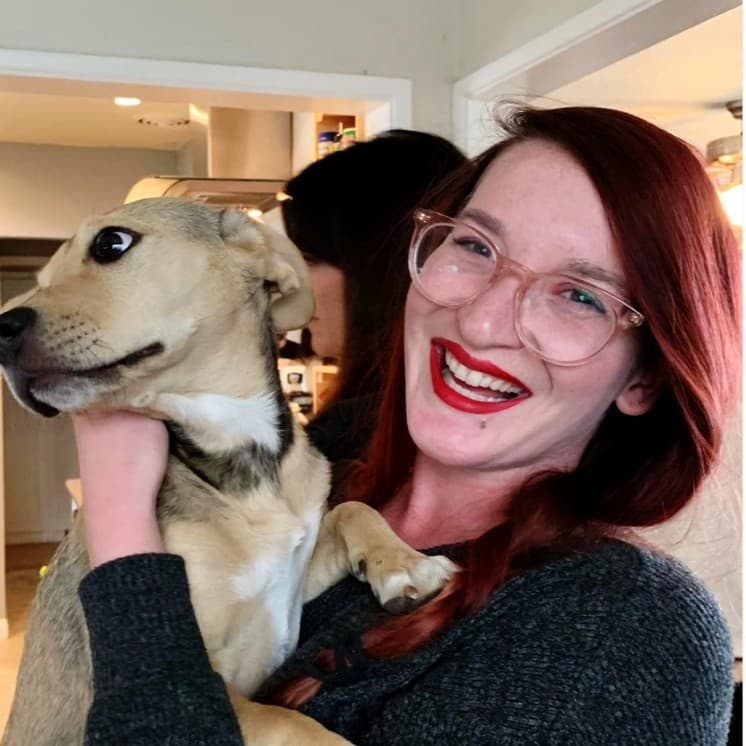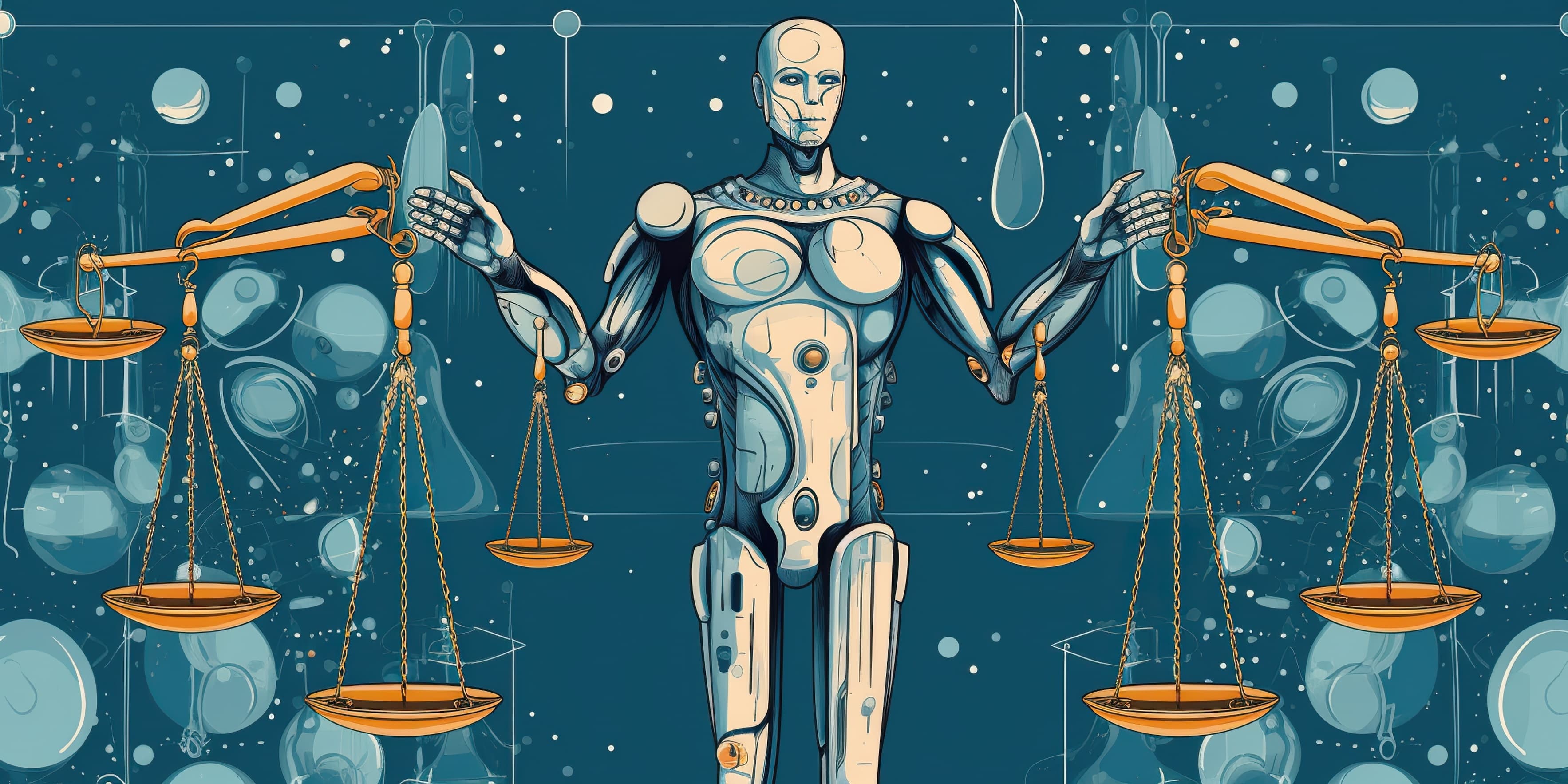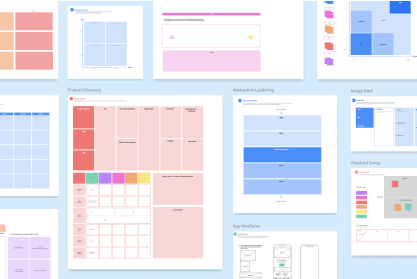It’s easy to get stuck in your ways – even if your ways are just plain bad. But in order to stay inspired and productive, you have to get your processes and animation workflows back on track.
Start by auditing what you’re doing at every stage of the animation process; pre-production, production, and post-production. Once the hard part is over, you’ll be able to see what’s not working and where breakdowns happen so that you can improve on them.
Whether you’re a freelance animator or working with a team at an animation studio, you always need to focus on bringing the best version of yourself to the table for every project.
To get started, try troubleshooting these possible reasons why your animation workflow isn’t working:
1. You Don't Do Your Research During Pre-Production
Since the pre-production phase takes up a vast majority of any animation project, you should probably make sure you’re starting off on the right track before getting too far in the weeds. This is also the most opportune time to fine-tune your process. Put air in the tires and change the oil before heading out for the long haul, so to speak.
A solid start would be to get as much information about the intent of the project from whoever is signing off on deliverables. This obviously varies whether you’re working for yourself or for an animation director; but either way, you’re most likely going to have to get the green light from someone somewhere down the line to get your project out the door.
The best way to do this is to create a creative brief. A good creative brief for any animation project should include:
Style guidelines
Target audience
Required animation type
Duration and format of the animation video
Possible project limitations
Even though this seems pretty elementary, you’d be surprised how many people don’t do this at the very beginning of pre-production. This only causes unnecessary iterations and frustration between you and the client.
It’s also important to keep track of where you started and how everything evolved further down the pipeline. Online collaboration tools can help animators see revisions in real-time as well as house all assets around a given project complete with comments and notes so that everyone involved stays on the same page as things get more complex.
2. You Don't Finalize the Script Before Putting Pen to Paper
Backpedaling is a common enemy amongst every animation team. Trying to fit a revised script into an already-animated project is not only excruciating, but it can also compromise the integrity of the entire operation as a whole.
The best way to avoid this is to finalize the script and the overall concept of the project before building out any animations. This is also why the aforementioned creative brief is so important in regards to defining expectations early. Keeping up with consistent meetings in your story rooms is also crucial in avoiding any miscommunications when making any updates to a script.
While conceptualizing the script of your project, you’re going to have to balance both your team’s creative vision as well as whatever brand guidelines you’re working with.
In order to tackle this step as effectively as possible, keep these questions in mind:
Is the narrative on-brand?
Does the script get the overall message across in the right amount of time?
Is there room for improvement before we move forward with the animation process?
3. You're Not Balancing Creativity with Client Needs
Of course, you should consider the creative brief as the roadmap for your animation project. But that doesn’t mean you need to abandon your unique animation style; in fact, it’s probably why your client hired you.
There’s a delicate dance that needs to happen between your specific style of animation and what the client is envisioning for the end product; if executed correctly, neither has to be compromised.

Don’t be afraid to bring your own vision to the storyboard. But it’s always good to keep these things in mind while your imagination is running wild:
The budget
Whatever was agreed on and outlined in the creative brief (have you noticed a common theme in this post, yet?)
The relationship between the narrative and animation style
Wrapping Up
When it comes to streamlining your animation workflow, consistency is key. Building good habits at the start of every project will make the entire animation production process smoother for everyone involved. Not to mention your clients will think you’re the easiest person to work with ever and keep coming back for more.






